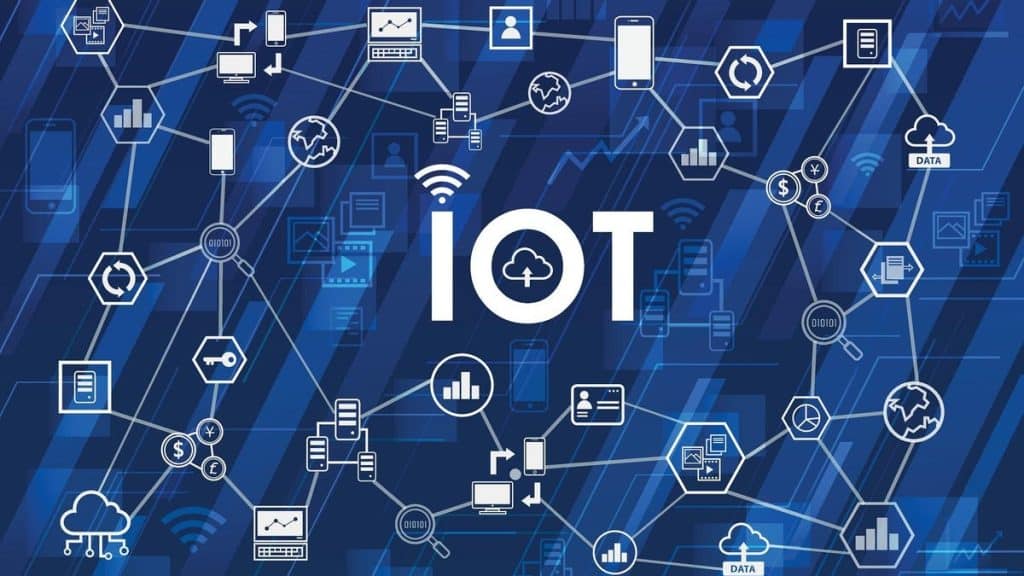Nowadays, we live in an environment based on thousand of connections and are surrounded by a myriad of smart devices, sensors, gadgets, and other tools that talk to each other. What makes all these solutions to be really intelligent? This is IoT software.
Another question is: there are a lot of devices that can communicate with other devices, so, what makes IoT different? The most significant property of IoT is that there is not only one option for communication. IoT devices can send and receive real-time data via various types of connectivity including Bluetooth, GPS, Wi-Fi, NFC, and RF to name a few.
Along with the growth of the IoT devices world, IoT software gains in popularity rapidly. A little bit of statistics: according to Ericsson prediction, approximately 29 billion devices will be connected to IoT globally in 2022.
Let’s delve into 5 proliferating focuses of IoT software solutions.
1. Cybersecurity.
IoT solutions are widespread in the fields of healthcare, medicine, smart homes, industrial solutions, and so on. Megabytes of confidential data are transmitted within IoT systems. In so doing, proper data protection is of great importance. IoT solutions will be reliable and efficient only with secure data transmission and strong protection of network connections from cyber attacks, malicious actions, and other disturbances.
That is why cybersecurity platform vendors make inroads into IoT solutions by implementing features and functionality for the protection of data storage and data collection.
2. Containerization.
This tendency is driven by surging demand for vendor-neutral IoT solutions. Organizations and businesses tend to use containerized apps since it allows for establishing IoT infrastructures even with legacy equipment.
Besides, it provides a higher level of security: functions between containers are partitioned and significant configurations can be made by those who have permission for that.
3. Edge computing in IoT.
The most desirable aspect in most businesses and industries is processing data as quickly and accurately as possible. And here we can turn to Edge computing.
With the use of Edge computing, users can have their data processed directly on the edge device. It gives the possibility of providing customers with fast and secure IoT services.
4. Automation tools driven by AI and ML.
Artificial intelligence and Machine Learning help automate so many processes: from filling out documents, and processing sensor data to predicting errors in complex industrial operations. So, AI and ML give a great opportunity in developing tools that allow for managing IoT devices in a new way.
5. Business Intelligence platforms.
Fast and accurate data processing is a critical aspect of IoT. Business Intelligence software makes data visualization, storage, and collection to be well-organized. Such platforms help users make the most of the high-volume massive of their data.


